John Brown is as polarizing as he is folkloric. The man from Torrington is both one of the most notorious terrorists in American history and a radical hero in the fight for emancipation.
Driven by a deep religious conviction, John Brown believed his life’s duty was to abolish slavery in the United States, and was ready to do that by any means necessary.
Pre-civil war America, the era in which John Brown operated, was a moment where an entire nation was faced with a moral dilemma so divisive that it would go on to result in a war that would divide the country.
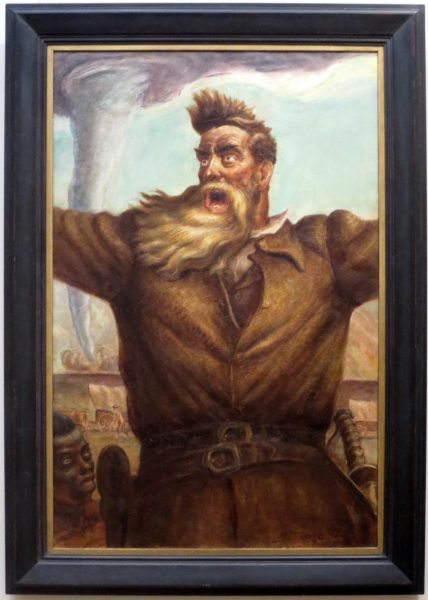
Tarzanswing, CC BY-SA 4.0 <https://creativecommons.org/licenses/by-sa/4.0>, via Wikimedia Commons
Brown’s deep-rooted belief that slavery was evil caused him to grow tired of the passive anti-slavery movements, and as a result he decided to resort to violence. John Brown’s career as an “ anti-slavery terrorist” began with the Pottawatomie massacre where he and his sons murdered 5 slave owners in front of their families. This was a pivotal moment for the abolitionist movement and sent a powerful message to all those in favor of slavery.
John Brown’s most audacious moment was his attempt to raid the Harpers Ferry. This raid saw John Brown and 21 other abolitionists take over a U.S. armory and 50 hostages. John planned the raid with hopes that escaped slaves would join him, and armed with guns from the armory, would form an anti-slavery army.
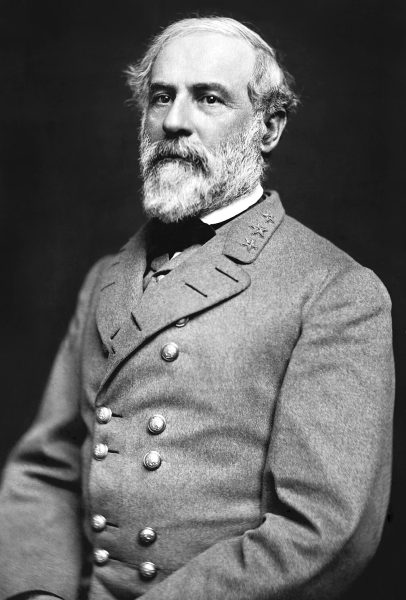
Julian Vannerson, Public domain, via Wikimedia Commons
The raid was successful at holding up against the retaliation of the local militia for more than a day, but with the help of the U.S. Marines (led by Robert. E. Lee), the opposition was able to overpower the abolitionists and take back control of the armory.
As a result of the failed raid, John Brown was tried and found guilty of murder, treason, and slave insurrection. At the will of his enemies, John Brown was hanged on the second of December of 1895. Many notorious pro-slavery figures, such as Robert. E. Lee and Abraham Lincoln’s assassin John Wilkes Booth, were present to see the death of the iconic anti-slavery terrorist.
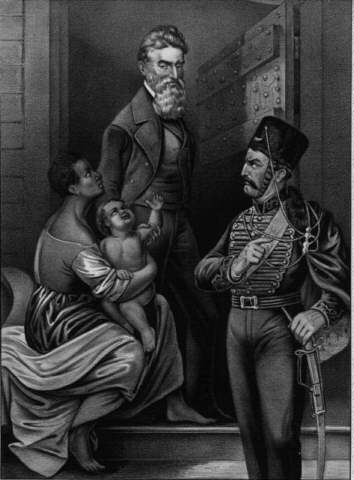
Idealized portrait of John Brown being adored by a slave mother and child as he walks to his execution on December 2, 1859
Currier & Ives, Public domain, via Wikimedia Commons
As word of the anti-slavery superhero made its way throughout America, the reactions to it were starkly different depending on where you were.
The South became full of fear of the idea that those up North were so anti-slavery that they were willing to die for it.
The North was inspired and even influenced by Old John Brown. The song in his honor “John Brown’s Body” would go on to be sung by Union soldiers and would later on become the tune for the “Battle Hymn of the Republic”.
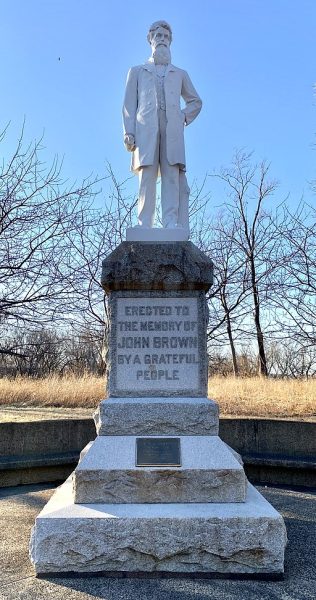
John Brown stood and fell with his conviction that slavery was evil and had no place within America. His radical approach towards abolitionism was marked by actions that many branded as terrorism. Yet, in the eyes of others, these very actions made him a freedom fighter, a trailblazer in the battle for justice, and an American hero.
Today, John Brown’s story lives on through history books, TV series, and in the hearts of all those who believe that slavery has no place in the free world.
Brown’s actions, though extreme, ignited a movement and a war that might have otherwise remained muted. His death serves as a provocative reminder of the lengths to which individuals might go when confronted with profound injustice.
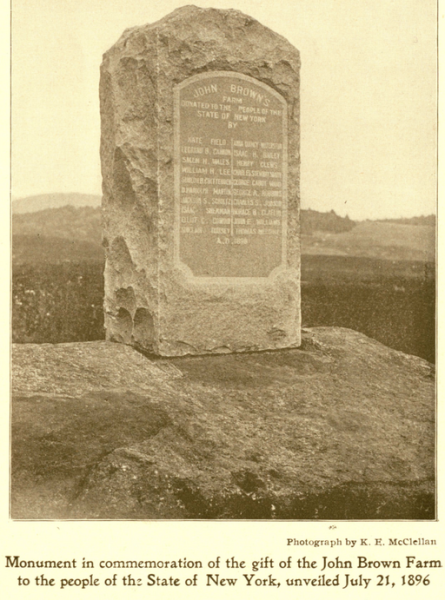
The silver screen-worthy action thriller of a life lived by old John Brown epitomizes the relationship between terrorism and a fight for freedom. In specific historical contexts this line blurs, and radical actions become necessary for social change. Brown’s life goes beyond the boundaries of just another historical figure, he is a testament to this intricate interplay of morality and action.
Figures like Brown serve as reminders that the quest for justice can demand more than passive protests and petitions. It requires courage, conviction, and, at times, conflict. John Brown’s legacy echoes a haunting truth: the path to freedom is not without sacrifice, and heroes are often those who dare to tread the line between villainy and valor. John’s life forces us to confront the reality that sometimes, radical action is the only voice heard amidst the defining screams of systemic oppression.
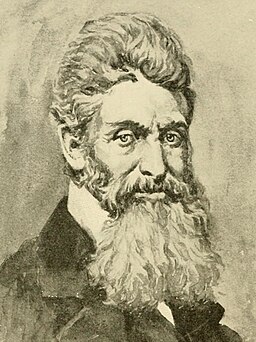
Internet Archive Book Images, No restrictions, via Wikimedia Commons
This month of February let’s not just remember those who walked on the streets and signed the papers in the name of the civil rights movement. Let’s also glorify those who died paving those streets and whose blood was used to ink the pens.


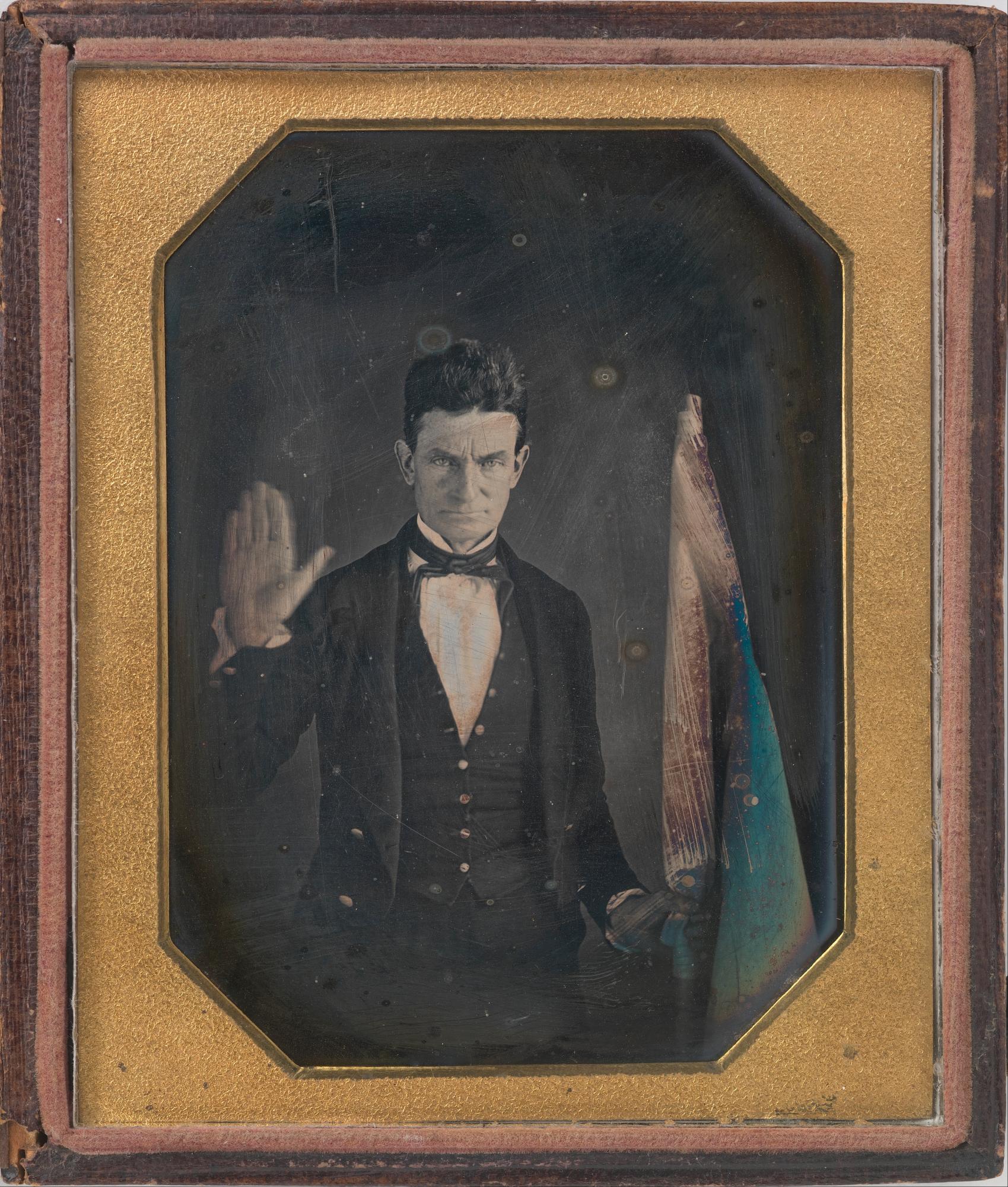

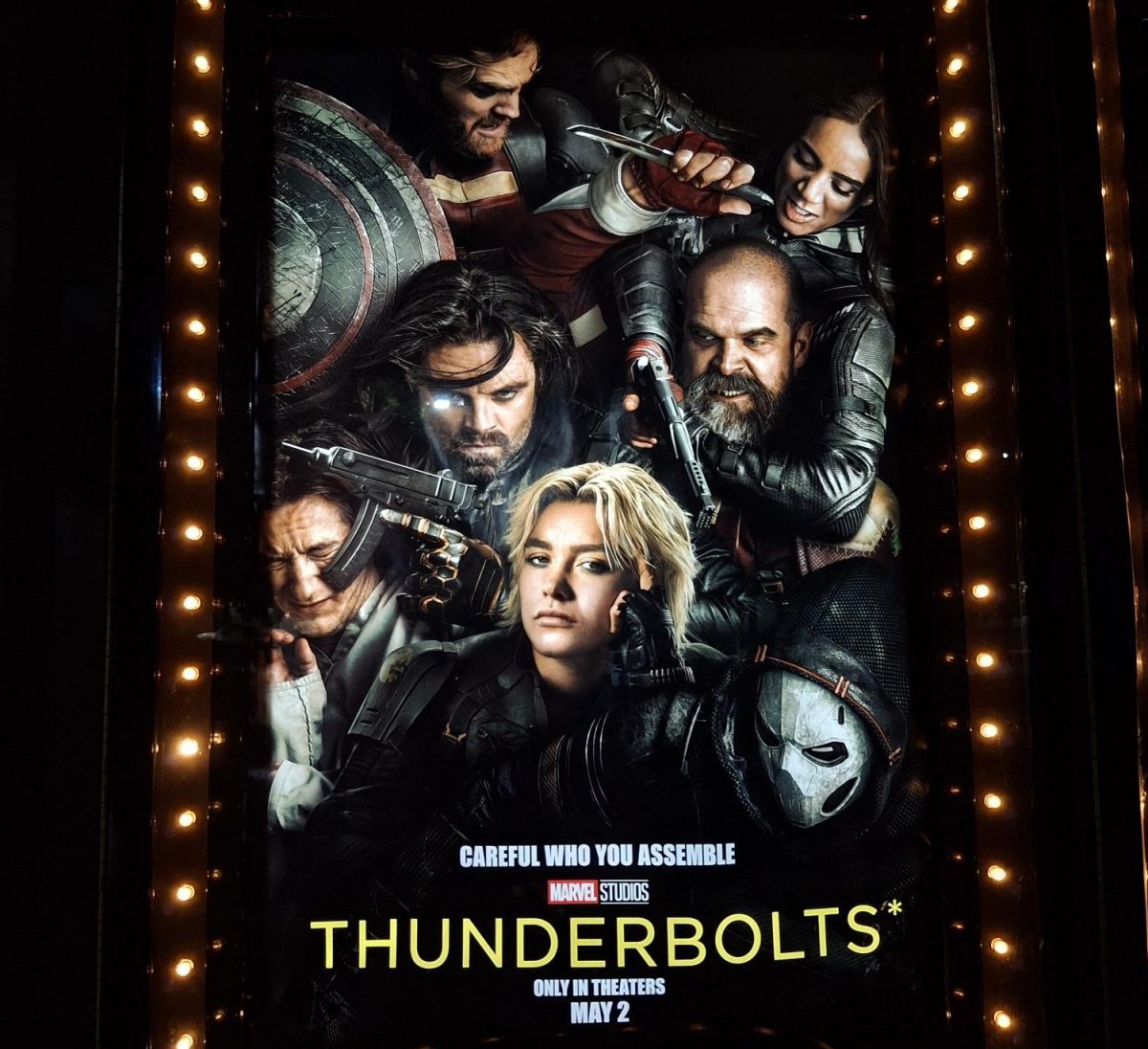



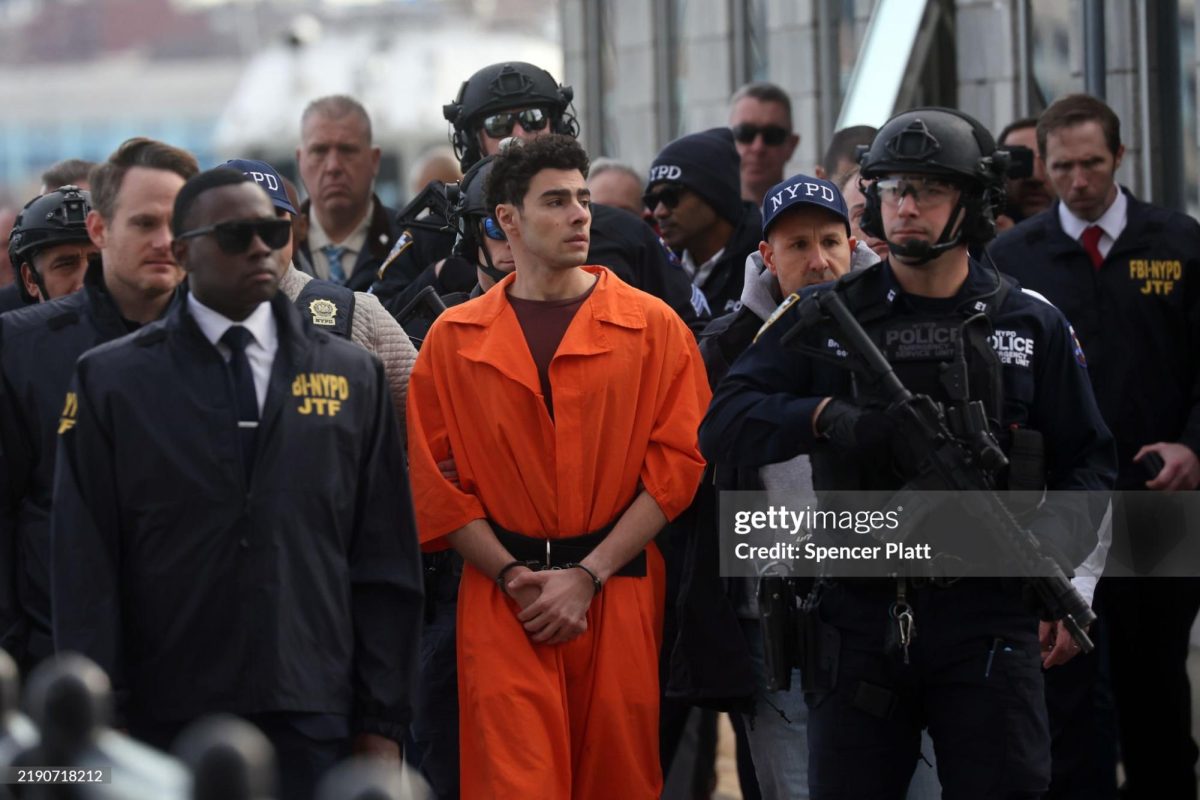
Wesley • Feb 8, 2024 at 6:13 pm
Extremely relevant beyond the month of February. Particularly applicable to the US wars/US backed wars in the Middle East over the past 80 years.